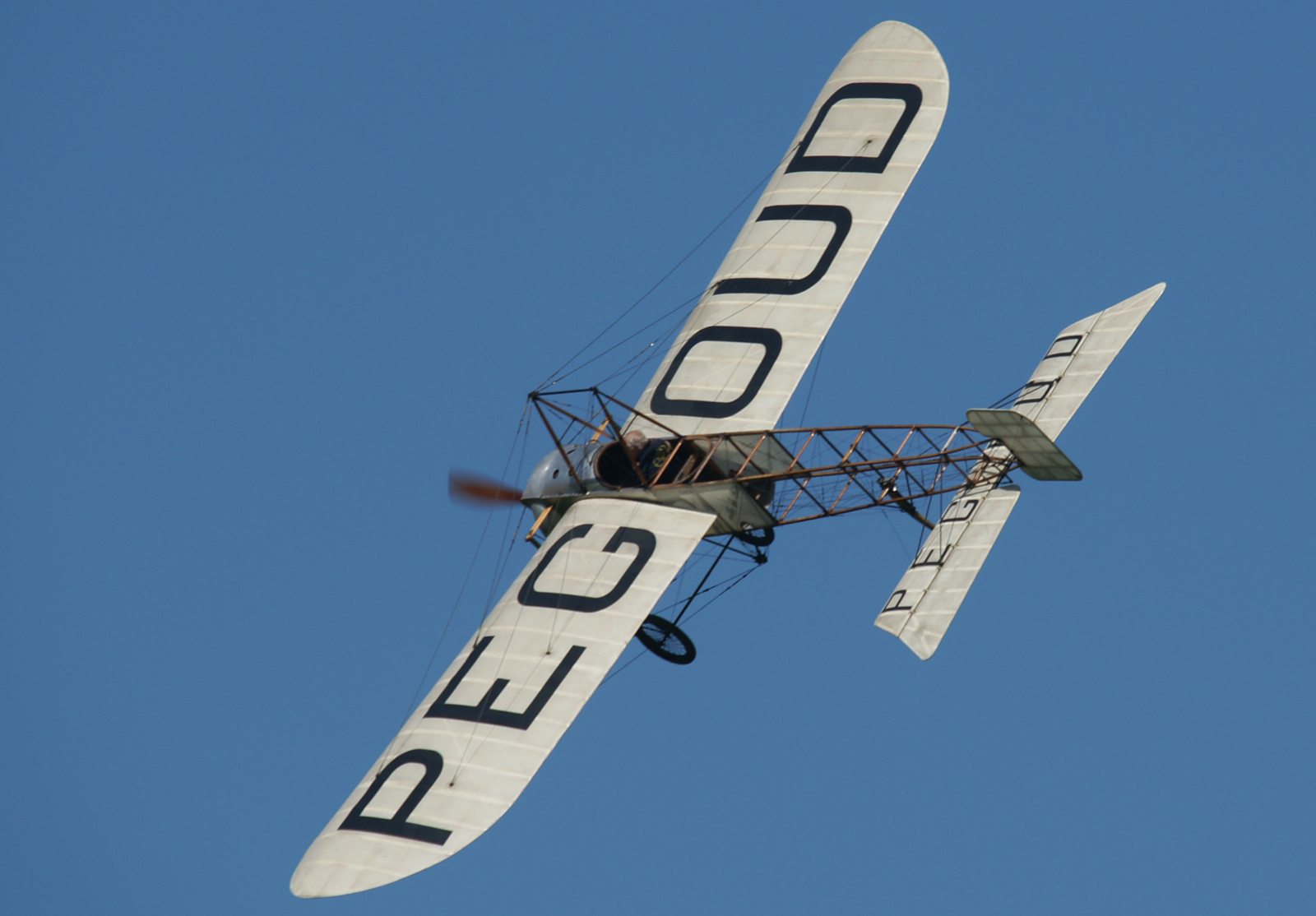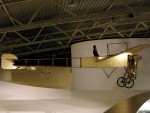
Designed by Louis Blériot and Raymond Saulnier (of Morane-Saulnier), the Blériot XI was a light and sleek monoplane constructed of oak and poplar. The flying surfaces were covered with cloth.
Developing nation: France.
Manufacturer/designer: Louis Blériot and Raymond Saulnier.
Number built: 800+.
Type aircraft: Civil tourer/trainer/military.
First flight: 23 January 1909.
The original XI was designed and built in 1908 and made its public debut at the Paris airshow in December of that year. Blériot produced more than 800 aircraft, most of them variations of the Type XI model.
Blériot took to the air with his model number XI for the first time at Issy-les-Moulineaux (near Paris) on 23 January 1909.
On 25 July 1909, Louis Blériot made history when he flew his Blériot XI monoplane across the English Channel from France to England, covering the 40 km (25 mi) between Calais and Dover in 36 minutes, 30 seconds. For the effort, Blériot captured the London Daily Mail prize of $2,500 that had been put up by the newspaper the year before for any successful cross-Channel airplane flight. Blériot’s original Type XI today is in the possession of the Conservatoire des Arts et Métiers in Paris.
General characteristics
- Crew: one, pilot
- Length: 7.62 m (25 ft 0 in)
- Wingspan: 7.79 m (25 ft 7 in)
- Height: 2.69 m (8 ft 10 in)
- Wing area: 14 sq m (150 sq ft)
- Empty weight: 230 kg (507 lb)
- Powerplant: 1× Anzani 3-cylinder fan-type, or 120° cylinder angle “true radial”., 16–19 kW (22–25 hp)
- * Propeller: Chauviére Integrale
- Diameter: 2.08 m (6 ft 10 in)
- Thrust: 105 kgf (1,030 N; 230lbf) @ 1,450 rpm
Performance
- Maximum speed: 75.6 km/h (41 knots, 47 mph)
All pictures courtesy of Zijde Aviation Photo and Publishing, Rob Vogelaar and Marcel van Leeuwen











